I want to format multiple univariate model outputs on top of one another using stargazer (with the same dependent variable), and I can't get them to not show up side-by-side.
data(iris)
stargazer(multinom(Species ~ Sepal.Length, data = iris),
multinom(Species ~ Sepal.Width, data = iris),
type = "text", apply.coef = exp, p.auto = FALSE, omit = "Constant")
Which gives the following output:
============================================================
Dependent variable:
------------------------------------------
versicolor virginica versicolor virginica
(1) (2) (3) (4)
------------------------------------------------------------
Sepal.Length 123.479*** 941.955***
(0.907) (1.022)
Sepal.Width 0.002*** 0.017***
(0.991) (0.844)
------------------------------------------------------------
Akaike Inf. Crit. 190.068 190.068 260.537 260.537
============================================================
Note: *p<0.1; **p<0.05; ***p<0.01
Rather than having "versicolor" and "virginica" repeated twice for the different models, I just want each of them once, with the different model predictors and estimates underneath one another.
Is there any way of doing this?
